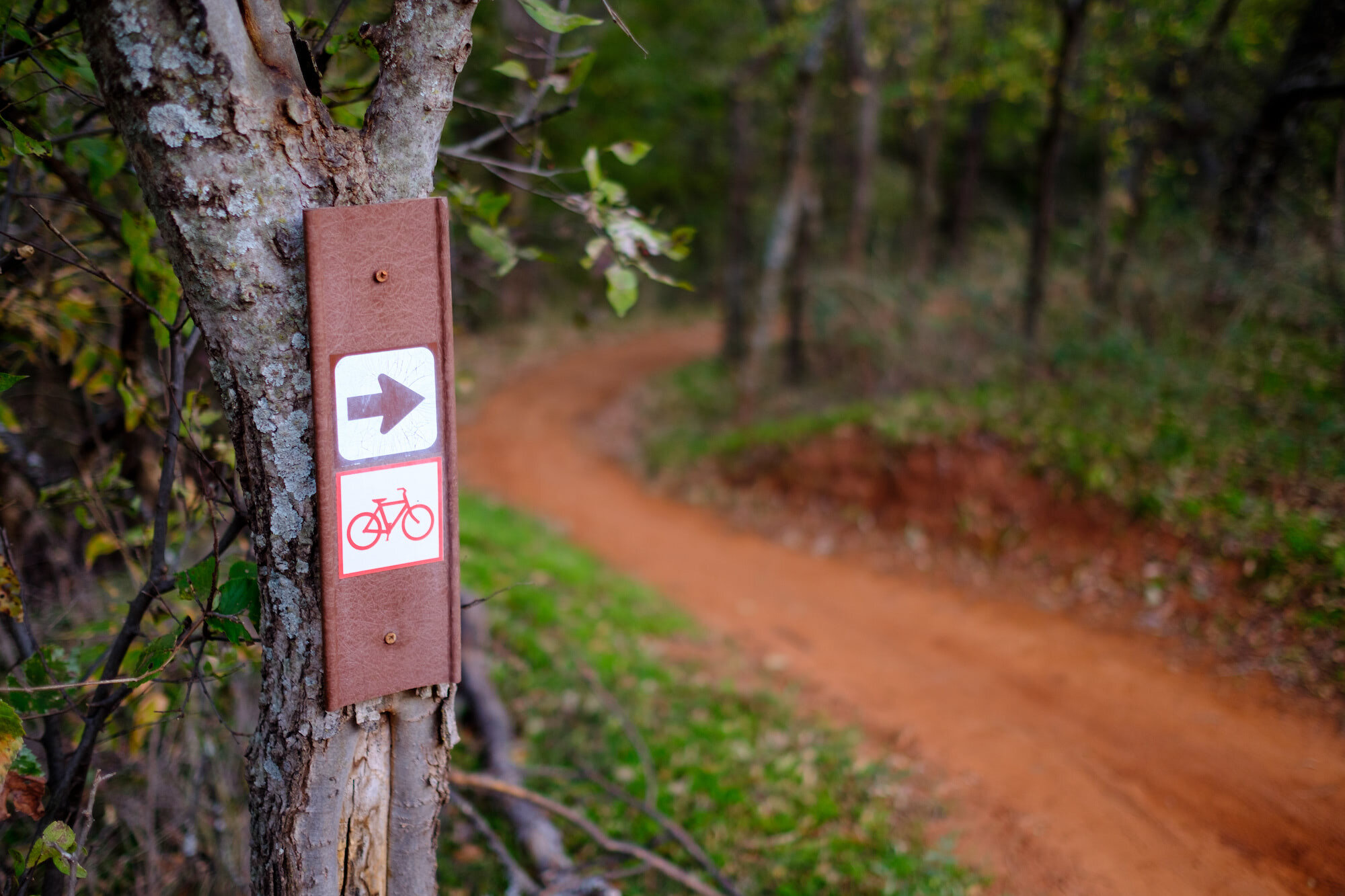
Trail Conditions
Trail Conditions
Wet and muddy trails are more vulnerable to damage.
If the weather has been rainy, check trail conditions before heading out to ride.
MTB Trails closed? Check out Little River & Cotton Brooke, gravel routes, or the Stowe Recreation Path.
The Vermont Mountain Bike Association (VMBA) is a thriving organization dedicated to promoting and enhancing mountain biking in the state of Vermont. As one of the most active and influential mountain biking associations in the country, VMBA plays a vital role in advocating for trail development, maintenance, and education.
Established in 1984, VMBA has grown from a small group of passionate riders to a statewide network of chapters, clubs, and riders who work together to protect and expand mountain biking opportunities. With a strong focus on collaboration and community engagement, VMBA brings together riders of all ages and abilities to share their love for the sport.
Visit www.vmba.org to learn more!
-
Mountain bike trails are carefully designed and constructed to manage rainwater flow and minimize erosion. Riding on wet trails disrupts these measures and accelerates the erosion process. As the wheels of your bike dig into the moist soil, they can create deep ruts and washouts, ultimately compromising the structural integrity of the trail. This erosion not only jeopardizes the trail experience but also impacts the surrounding ecosystem, leading to soil loss and harm to plant and animal life.
-
Rules of the Trail
As mountain bikers, we have a responsibility to be stewards of the trails we use.
These guidelines for trail behavior are recognized around the world. IMBA developed the "Rules of the Trail" to promote responsible and courteous conduct on shared-use trails.
1 - Ride On Open Trails Only: Respect trail and road closures — ask a land manager for clarification if you are uncertain about the status of a trail. Do not trespass on private land. Obtain permits or other authorization as may be required. Be aware that bicycles are not permitted in areas protected as state or federal Wilderness.
2 - Leave No Trace:
Be sensitive to the dirt beneath you. Wet and muddy trails are more vulnerable to damage than dry ones. When the trail is soft, consider other riding options. This also means staying on existing trails and not creating new ones. Don't cut switchbacks. Be sure to pack out at least as much as you pack in.
3 - Control Your Bicycle:
Inattention for even a moment could put yourself and others at risk. Obey all bicycle speed regulations and recommen- dations, and ride within your limits.
4 - Yield to Others: Do your utmost to let your fellow trail users know you're coming -- a friendly greeting or bell ring are good methods. Try to anticipate other trail users as you ride around corners. Bicyclists should yield to all other trail users, unless the trail is clearly signed for bike-only travel. Bicyclists traveling downhill should yield to ones headed uphill, unless the trail is clearly signed for one-way or downhill-only traffic. Strive to make each pass a safe and courteous one.
5 - Never Scare Animals:
Animals are easily startled by an unannounced approach, a sudden movement or a loud noise. Give animals enough room and time to adjust to you. When passing horses, use special care and follow directions from the horseback riders (ask if uncertain). Running cattle and disturbing wildlife are serious offenses. 6 Plan Ahead. Know your equipment, your ability and the area in which you are riding -- and prepare accordingly. Strive to be self-sufficient: keep your equipment in good repair and carry necessary supplies for changes in weather or other conditions. Always wear a helmet and appropriate safety gear.
-
Stowe trail networks are maintained by the non-profit organization Stowe Trails Partnership (STP).
Partnering with the community, STP builds, maintains, and promotes access to a diverse trail network that brings joy to all users. Through partnerships with landowners and organizations, STP works to create a sustainable and fun experience for all outdoor enthusiasts.
Visit www.stowetrails.org to learn more and to donate.
-
Waterbury Area Trail Alliance (WATA) is committed to the improvement and expansion of sustainable public trails for our local community.
Membership fee will assist us in our efforts to provide wonderful human-powered recreation opportunities in Waterbury area.
Visit www.waterburytrails.com to learn more and to donate.
Local Map
Scroll and click to explore area trails.




